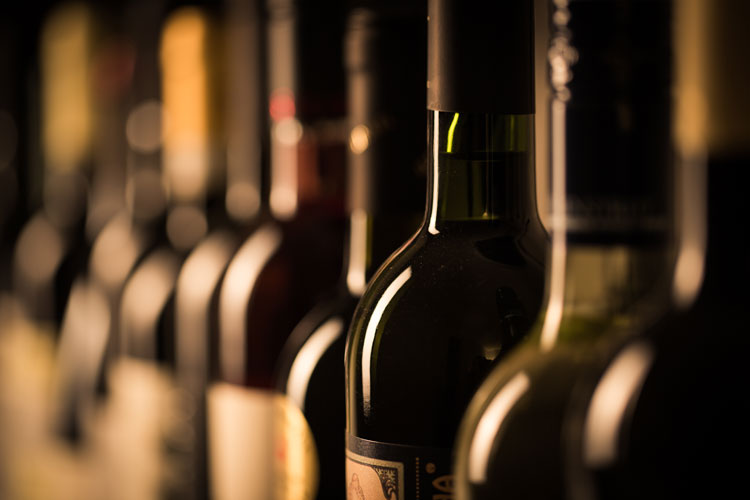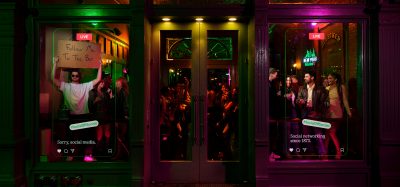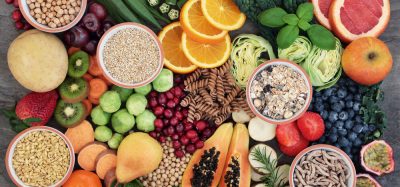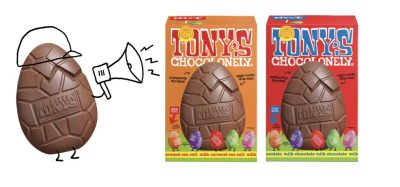Alcohol’s exemption from labelling rules “absurd” says health alliance
Posted: 23 February 2022 | New Food Magazine | No comments yet
Chair of the Alcohol Health Alliance UK Sir Ian Gilmore has called on the UK Government to publish its planned consultation on alcohol labelling “without further delay”.


Some glasses of wine can contain up to 59g of sugar in a medium glass
Health experts are calling for better alcohol labelling after research revealed wine can contain anywhere between 0g and 59g of free sugars per bottle.
Member organisations of the Alcohol Health Alliance UK commissioned an independent laboratory to analyse 30 bottles of red, white, rosé, fruit and sparkling wine from the top ten leading wine brands in the UK.
The results exposed the wide variation of sugar and calories between products. With this information missing from most alcohol labels, experts claim drinkers could be being kept in the dark about just how much sugar and calories are in the products they buy.
Government guidelines recommend no more than 30g of free sugars per day for an adult. However, the research shows it is possible to reach almost this entire amount of sugar by drinking just two medium-sized glasses of some of the most popular wine on the market.
Alcohol is very energy dense, with just two medium-sized glasses of the most calorific wines analysed containing more calories than a McDonald’s hamburger.
For those who drink, alcohol accounts for nearly 10 percent of their daily calorie intake, with around 3.4 million adults consuming an additional day’s worth of calories each week – totalling an additional two months of food each year.
Alcohol Health Alliance UK claims none of the 30 products examined in this study displayed sugar content on their labels; information which is required for all non-alcoholic drinks. Calorie content was only displayed on 20 percent of the labels examined. Those wanting to know how many calories or how much sugar is in their drink, would be unable to find all the information they need on the majority of product labels.
“Alcohol’s current exemption from food and drink labelling rules is absurd. Shoppers who buy milk or orange juice have sugar content and nutritional information right at their fingertips. But this information is not required when it comes to alcohol – a product not just fuelling obesity but with widespread health harms and linked to seven types of cancer”, said Professor Sir Ian Gilmore, Chair of the Alcohol Health Alliance UK .
“The Government must publish its planned consultation on alcohol labelling without further delay – which we have been waiting for since 2020. As well as calorie labelling and nutritional information, we need prominent health warnings and the UK Chief Medical Officers’ low-risk weekly drinking guidelines on labels. Studies suggest that this could help reduce alcohol harm by increasing knowledge of the health risks and prompting behaviour change.”
Related topics
Beverages, Health & Nutrition, Labelling, Regulation & Legislation, retail, The consumer









